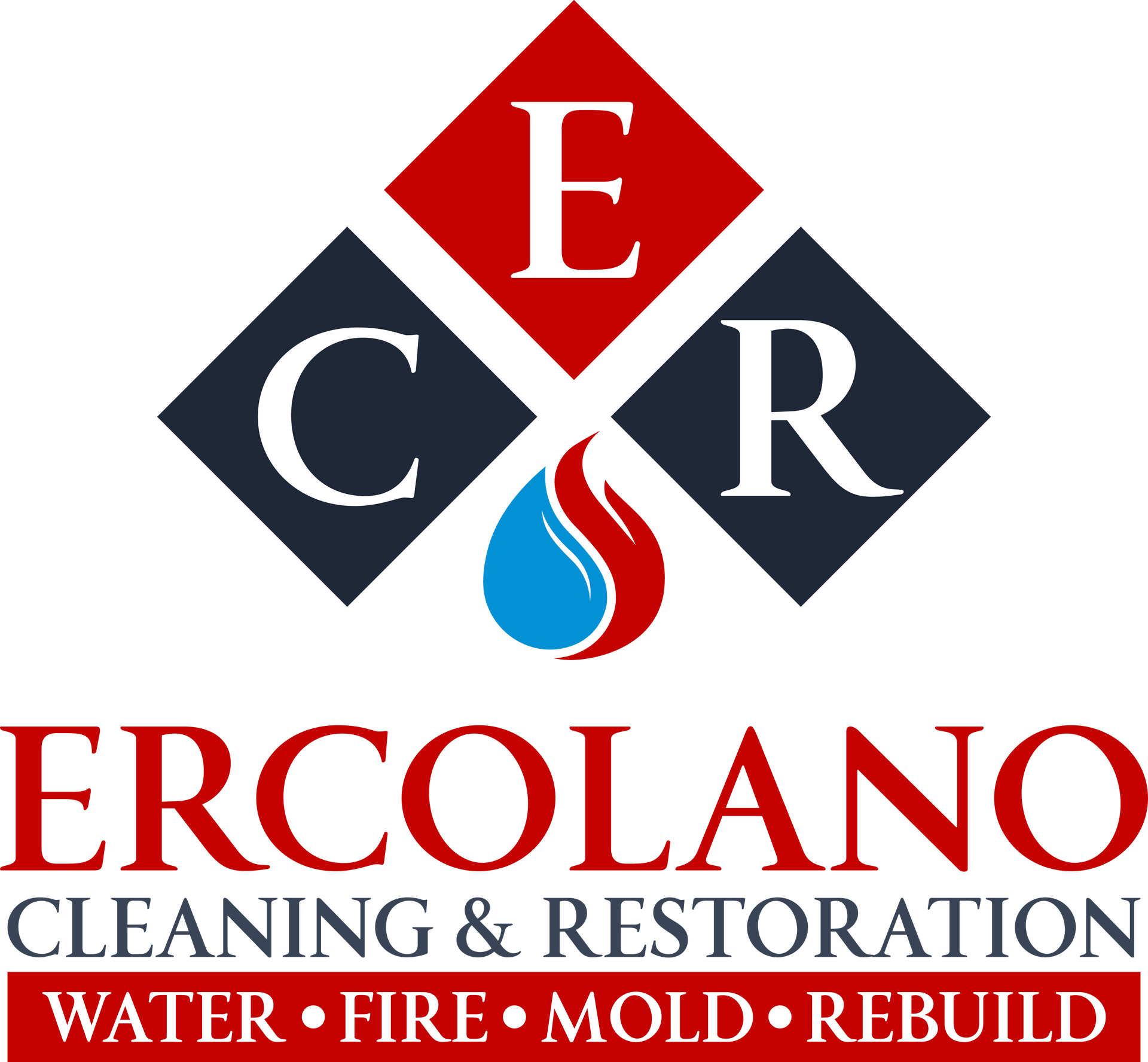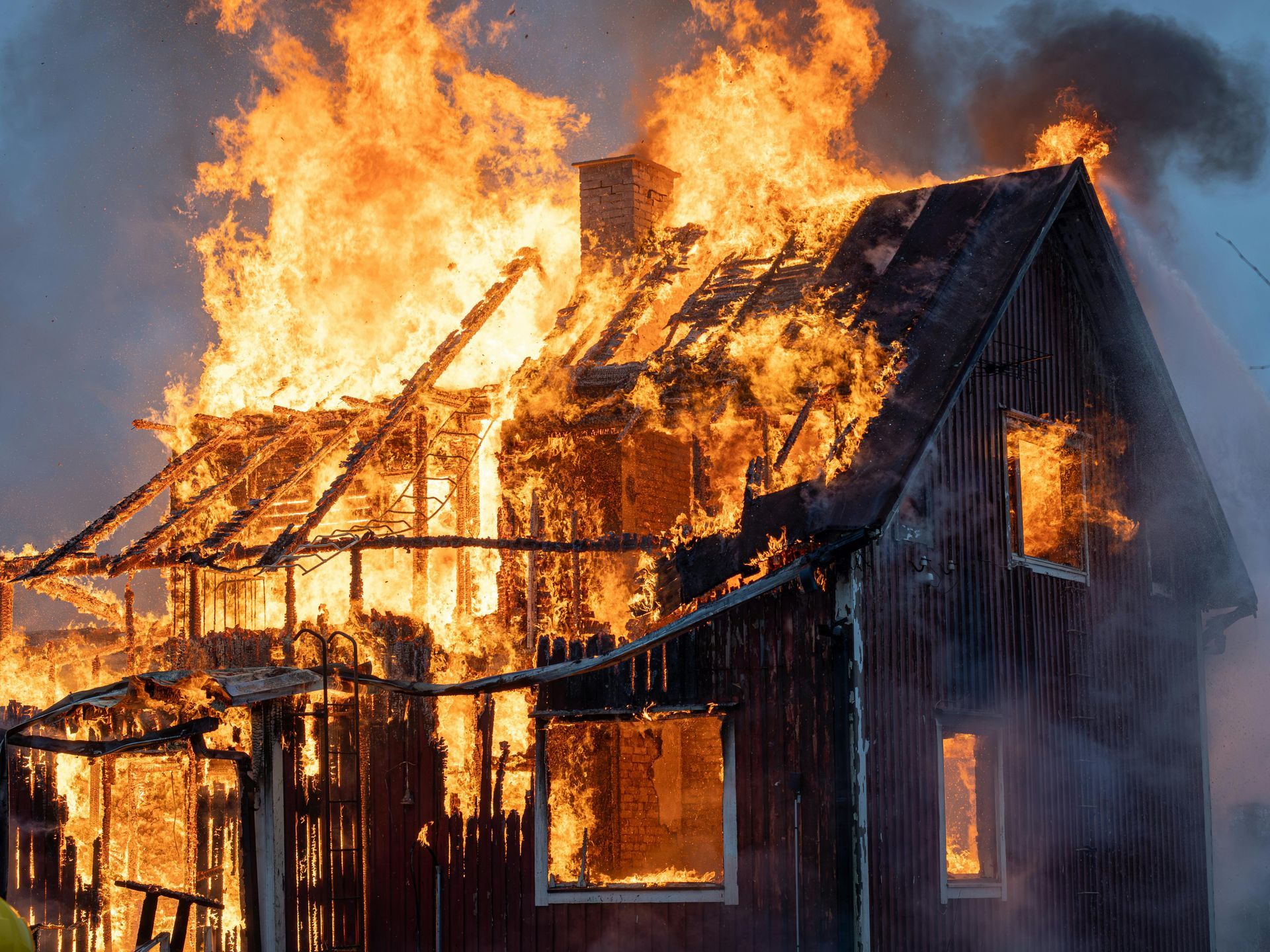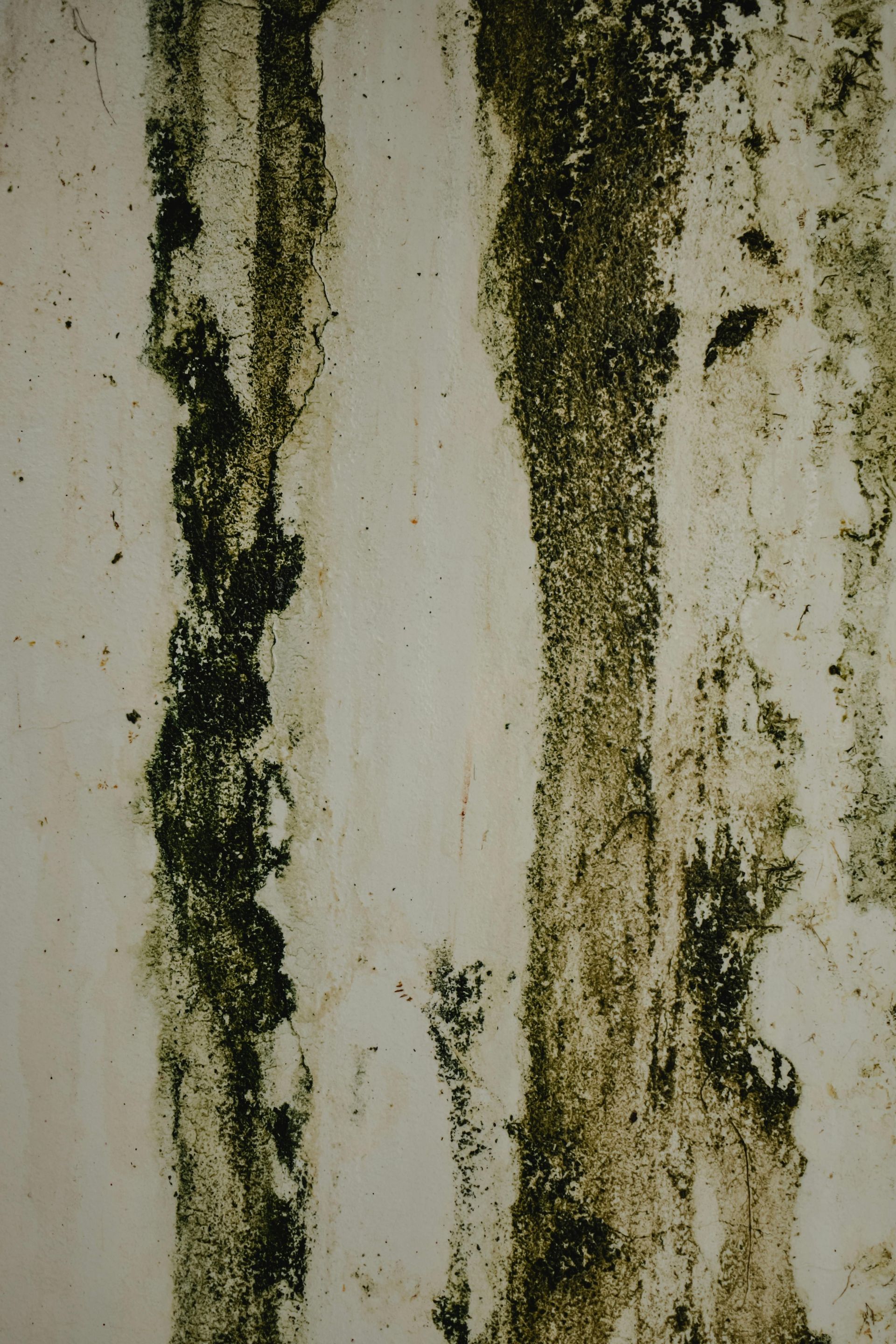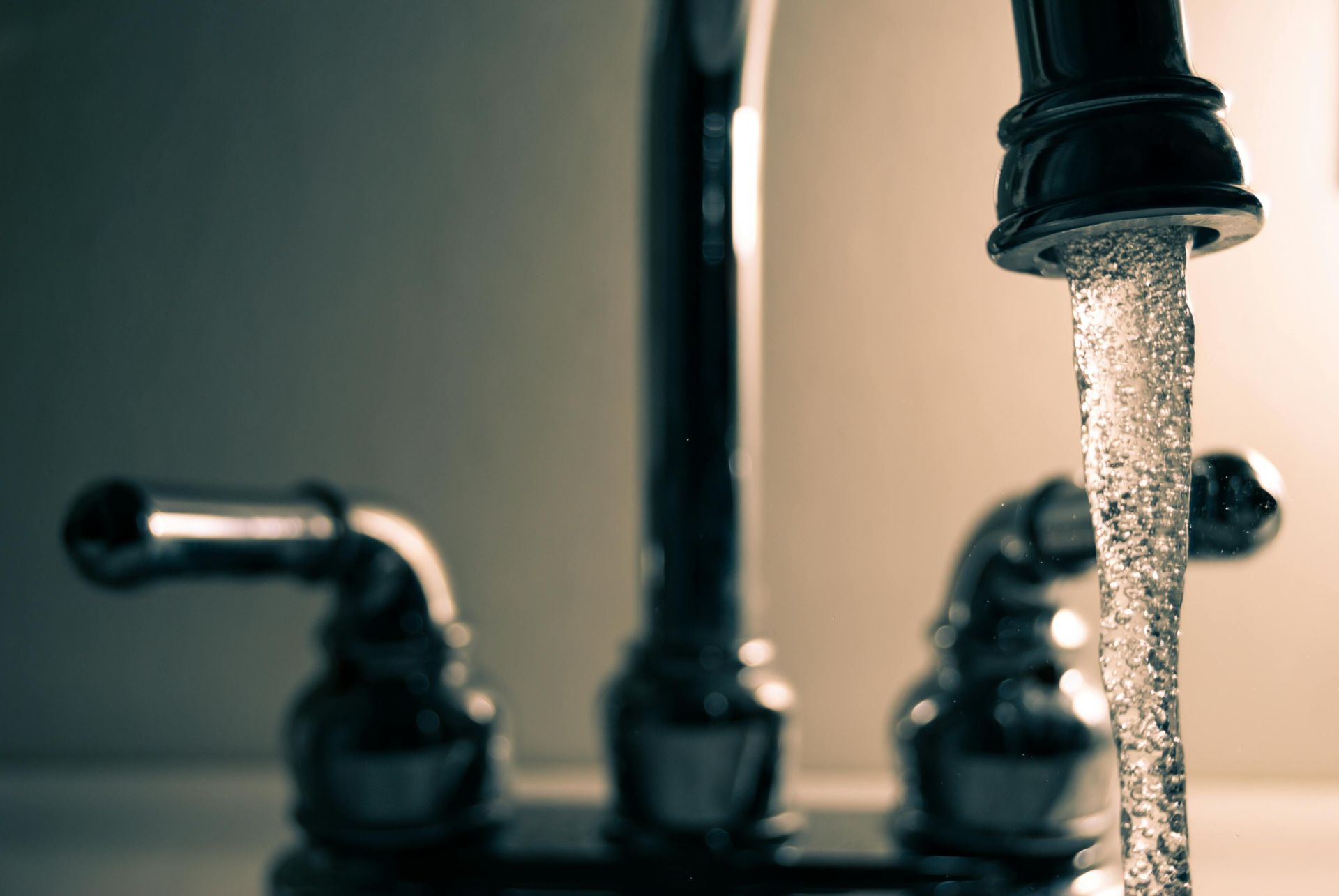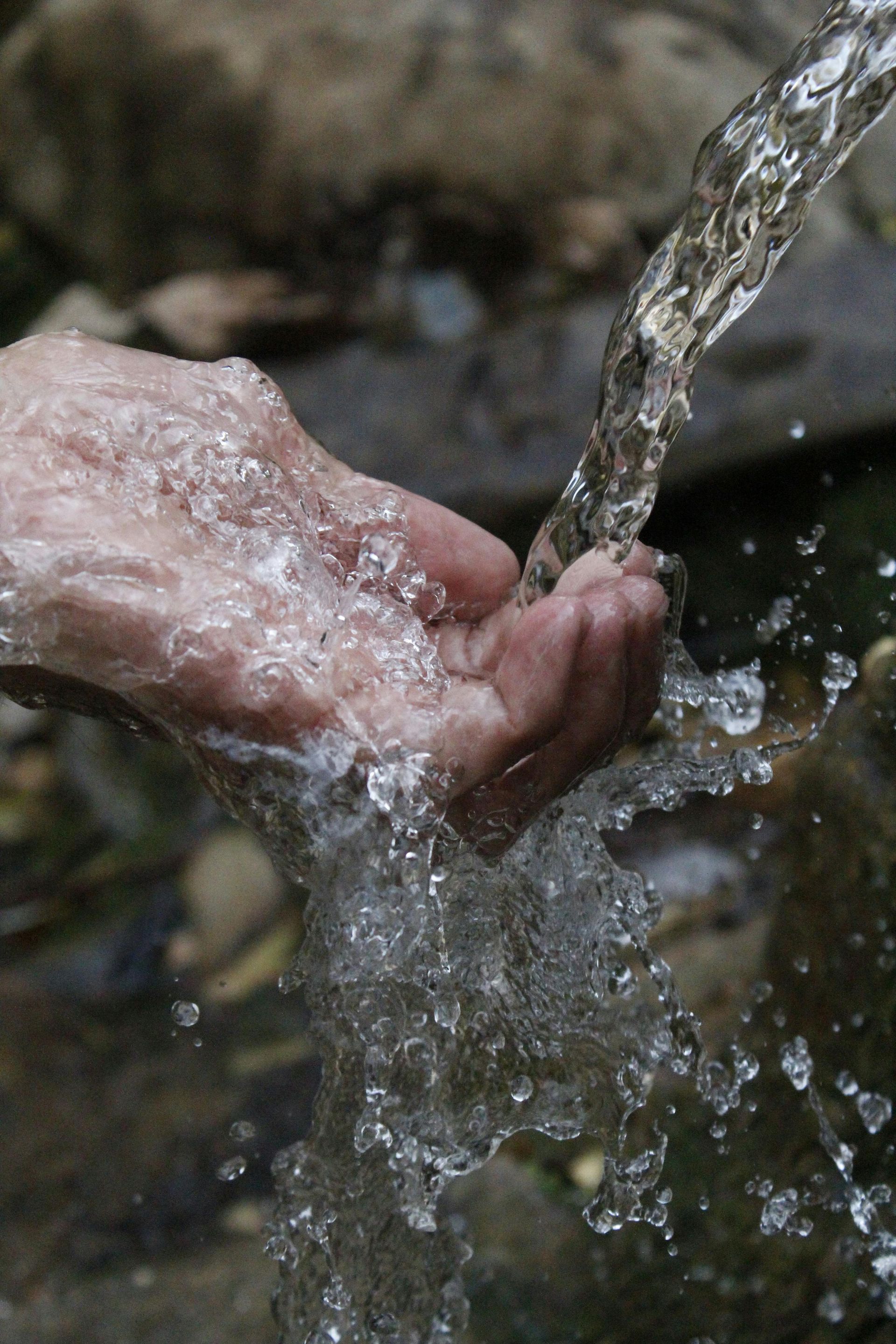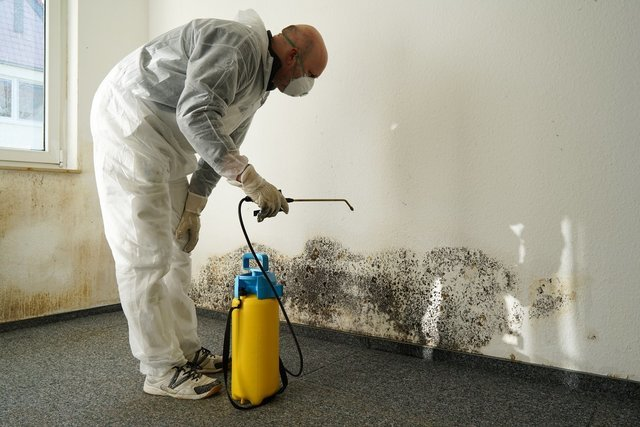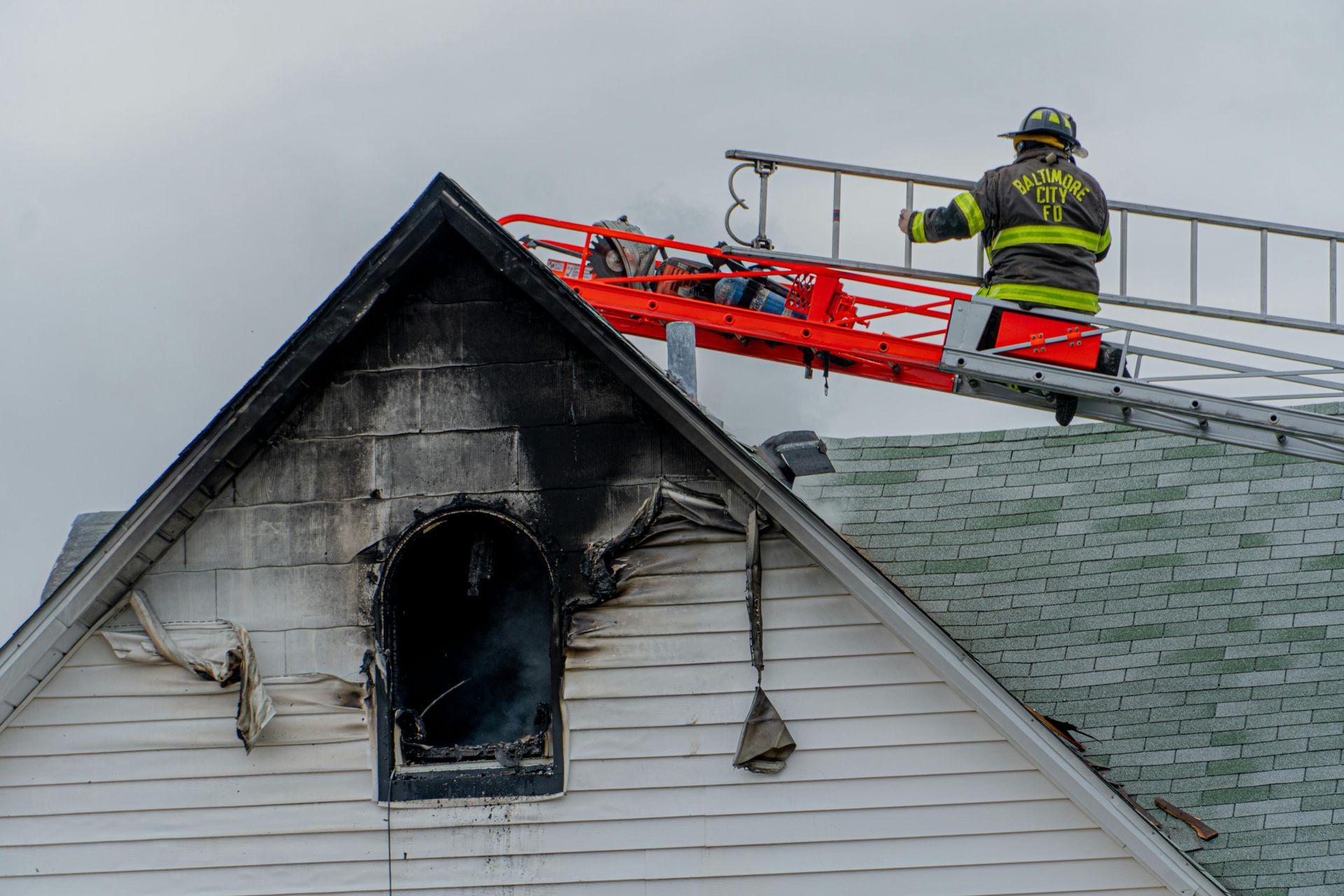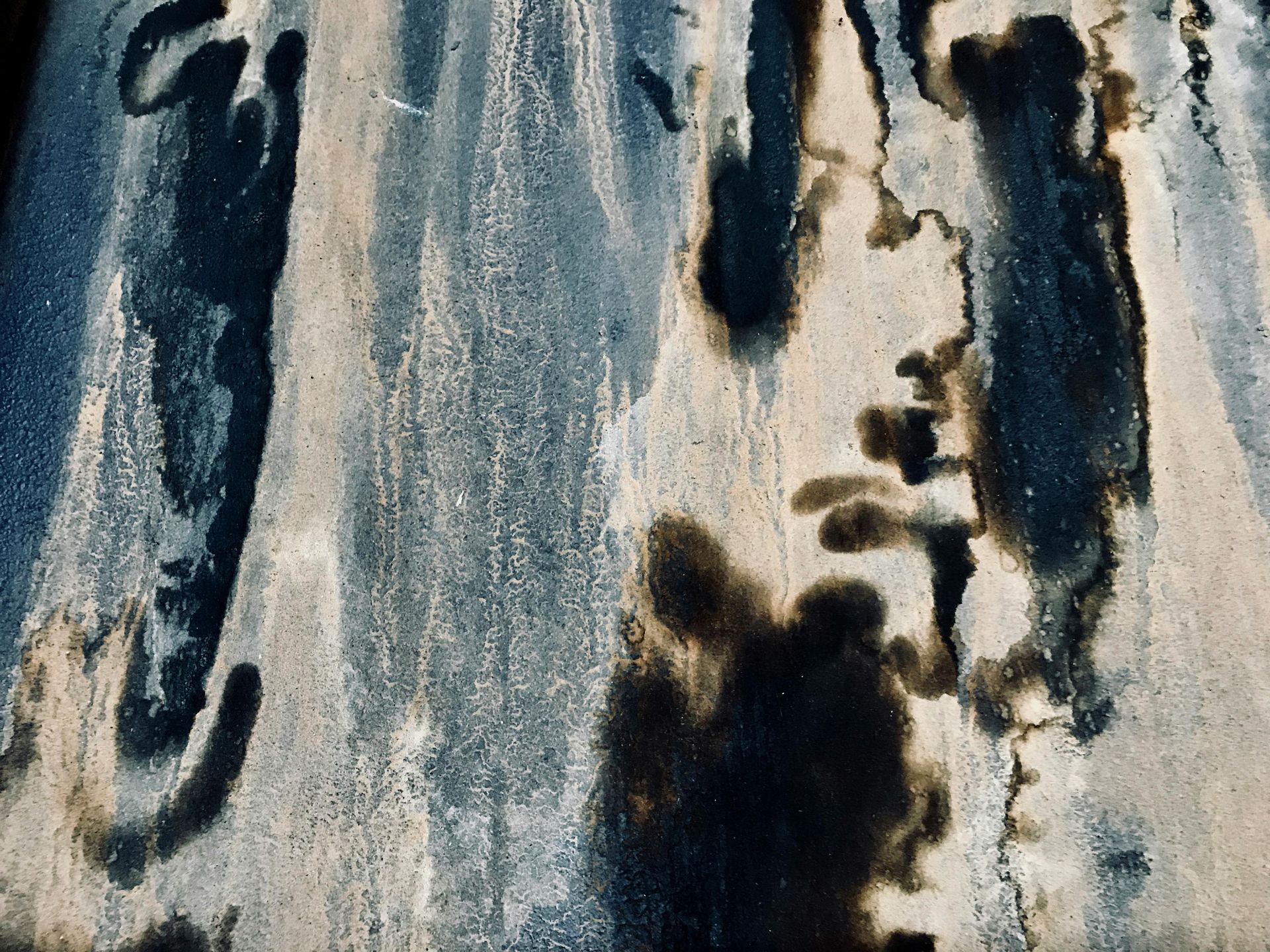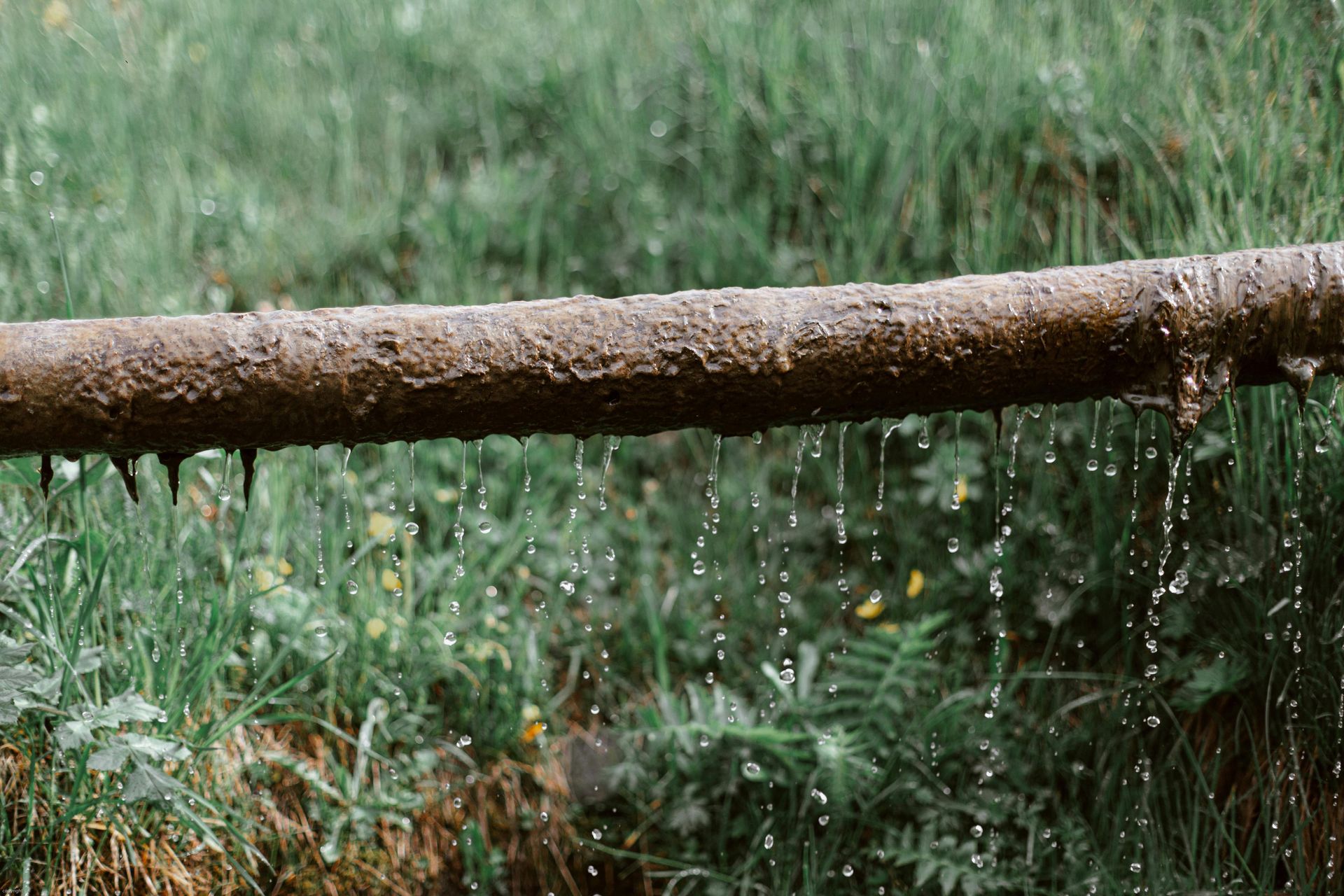How to Protect Your Home from Mold Growth
How to Protect Your Home from Mold Growth
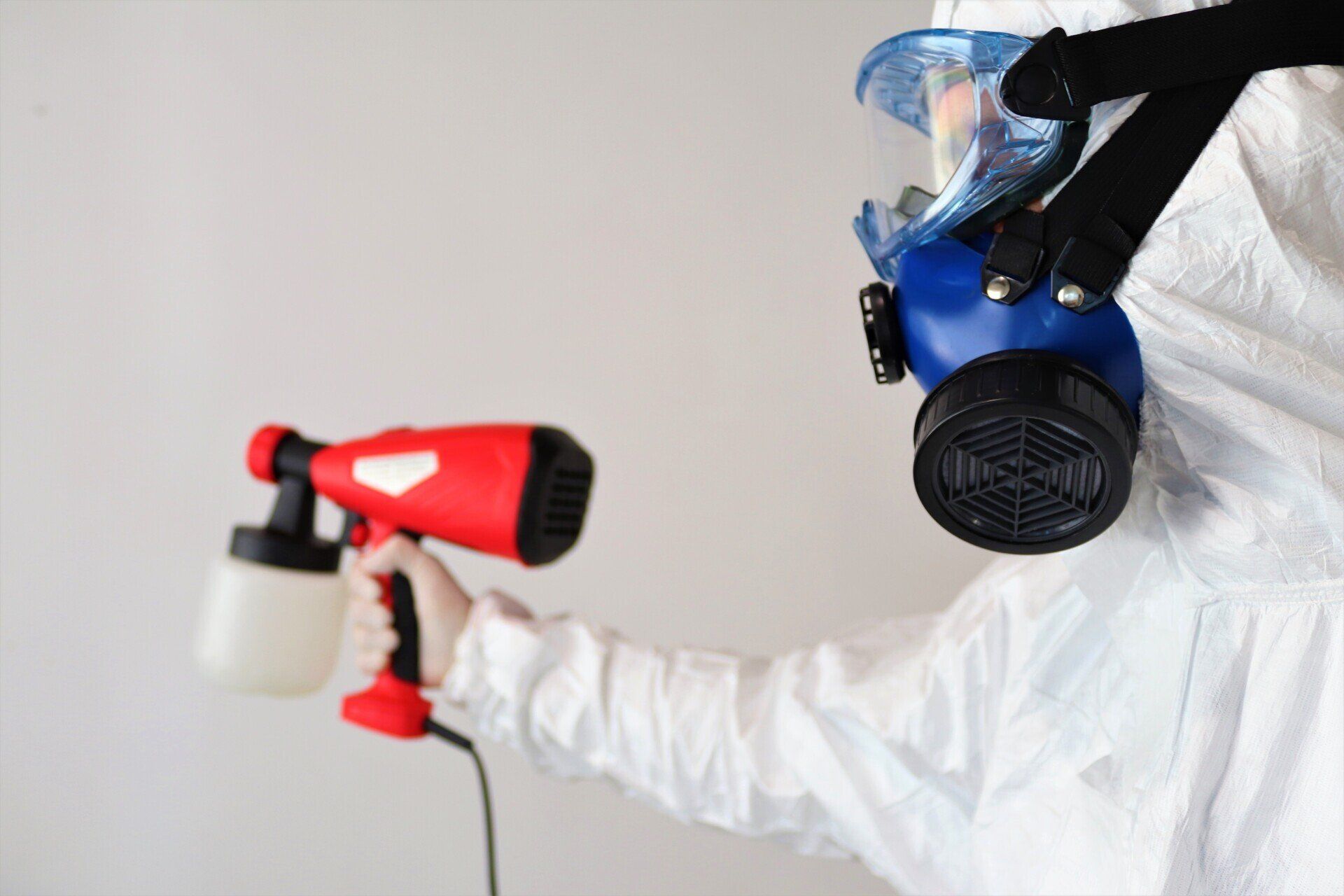
Mold growth in your home is more than just an eyesore—it can be a health hazard and a structural risk. Mold thrives in damp, humid environments and, if left untreated, can cause significant damage to your property and pose serious health concerns. The good news is that with the right preventive measures, you can protect your home from mold growth. In this blog, we’ll discuss effective strategies to keep mold at bay and ensure a safe, healthy environment for your family.
1. Control Indoor Humidity Levels
Mold requires moisture to grow, and the higher the humidity in your home, the greater the chances for mold to thrive. To prevent mold growth, it's essential to maintain a balanced indoor humidity level.
Tips for controlling humidity:
- Use a Dehumidifier: Dehumidifiers are particularly effective in high-humidity areas like basements, bathrooms, and kitchens. Aim to keep the humidity level below 60%.
- Ventilate Properly: Ensure that your home is adequately ventilated, especially in areas prone to moisture buildup, such as the bathroom and kitchen. Install exhaust fans or open windows when cooking or showering.
- Air Conditioning: Running your air conditioner can help to reduce indoor humidity during the hotter months. Make sure your AC unit is properly maintained to function efficiently.
By managing your home's humidity, you’ll significantly reduce the chances of mold spores settling and growing.
2. Fix Leaks Promptly
Leaks in your roof, walls, plumbing, or around windows can provide the moisture mold needs to grow. Even minor leaks can lead to significant mold problems over time, especially in hidden areas like behind walls or under floors.
Steps to prevent leaks:
- Inspect Regularly: Routinely check your home for leaks in the roof, pipes, and windows. Look for water stains, peeling paint, or a musty smell—signs that water may have infiltrated your home.
- Repair Leaks Immediately: If you discover a leak, take action right away. Call a professional plumber or roofing expert to fix the issue before it worsens.
By addressing leaks promptly, you can prevent mold from taking hold in your home.
3. Ensure Proper Drainage Around Your Home
Poor drainage around your home can lead to water accumulation near the foundation, which increases the risk of mold growth in your basement and crawl spaces. Proper drainage ensures that water flows away from your home, keeping the foundation dry and preventing mold from finding a suitable environment to grow.
Effective drainage solutions include:
- Gutters and Downspouts: Keep gutters and downspouts clean and in good condition. Ensure that water is directed away from the foundation, especially during heavy rains.
- Landscape Grading: Ensure the ground slopes away from your home to prevent water from pooling around the foundation.
- French Drains: For homes with persistent moisture problems, installing a French drain system can help redirect water away from the foundation.
Proper drainage helps prevent excess moisture from entering your home, thereby reducing the risk of mold growth.
4. Maintain Adequate Ventilation
Good ventilation plays a crucial role in preventing mold growth by allowing moisture to escape. Stagnant air in enclosed spaces can cause condensation, providing a perfect breeding ground for mold.
Ways to improve ventilation:
- Install Ventilation Systems: In rooms like bathrooms and kitchens, install exhaust fans that vent moisture directly outdoors.
- Open Windows Regularly: Whenever possible, open windows to allow fresh air to circulate. This is particularly important in rooms with poor airflow.
- Use Ceiling Fans: Ceiling fans help improve air circulation, especially in warmer months, reducing the chances of condensation on surfaces.
By maintaining adequate airflow in your home, you can significantly lower the chances of mold growth.
5. Address Water Damage Immediately
Water damage, whether caused by a burst pipe, flooding, or a leaking roof, is one of the leading causes of mold growth. The longer water sits, the greater the chance that mold will develop.
Steps to take when dealing with water damage:
- Dry Wet Areas Quickly: After water damage, it’s critical to dry out the affected areas as quickly as possible. Use towels, fans, or dehumidifiers to speed up the drying process.
- Remove Wet Materials: Carpet, drywall, and insulation that have been soaked should be removed and replaced if they cannot be properly dried.
- Call a Professional: If the water damage is extensive, or if you are unsure of how to address the issue, call a mold remediation or restoration professional immediately.
Taking swift action in the event of water damage is key to preventing mold from taking hold.
6. Inspect Attics and Basements Regularly
Attics and basements are often the most vulnerable areas for mold growth due to their tendency to trap moisture. Attic insulation, damp basements, and poor ventilation can create ideal conditions for mold to thrive.
How to keep these areas mold-free:
- Check for Signs of Moisture: Inspect your attic and basement regularly for signs of moisture or leaks. Look for water stains, discoloration, or a musty smell.
- Improve Ventilation: Ensure that these spaces are adequately ventilated. This may include adding vents or installing fans to improve airflow.
- Use Mold-Resistant Materials: In areas prone to mold, consider using mold-resistant paint, insulation, or drywall to help prevent growth.
Regular inspections of your attic and basement will help you catch potential issues before they become significant problems.
7. Clean and Maintain Your HVAC System
Your HVAC system can be a major contributor to mold growth if not properly maintained. Mold can grow in ducts, vents, and air handlers, which may then be distributed throughout the home.
Tips for HVAC maintenance:
- Change Filters Regularly: Replace your HVAC system's air filters every 1-3 months to prevent dust and mold spores from circulating in your home.
- Clean Ducts: Have your air ducts professionally cleaned to remove mold, dust, and debris that may promote mold growth.
- Ensure Proper Functioning: Ensure that your HVAC system is in good working condition to prevent excess moisture from building up inside.
A clean and well-maintained HVAC system will help reduce the likelihood of mold spreading throughout your home.
8. Use Mold-Resistant Products
When building or renovating your home, consider using mold-resistant products to reduce the likelihood of mold growth.
Mold-resistant options include:
- Mold-Resistant Paints: These paints contain antimicrobial agents that help prevent mold growth on walls and ceilings.
- Moisture-Resistant Drywall: Consider using moisture-resistant drywall, particularly in areas with high humidity, such as bathrooms and kitchens.
- Mold-Resistant Insulation: Use mold-resistant insulation in areas that are prone to moisture, such as basements and crawl spaces.
Protect Your Home from Mold Growth Today
Mold growth is a serious concern for homeowners, but with the right precautions, you can protect your home from this silent intruder. By controlling humidity, fixing leaks, ensuring proper drainage, and maintaining your home’s ventilation, you can create an environment where mold cannot thrive. Regular inspections and prompt action when water damage occurs are key to preventing long-term damage. If you’re dealing with mold or need help taking preventive steps, Ercolano Cleaning & Restoration is here to help. Our team of experts specializes in mold remediation and prevention. Contact us today to schedule a consultation and protect your home from mold!
